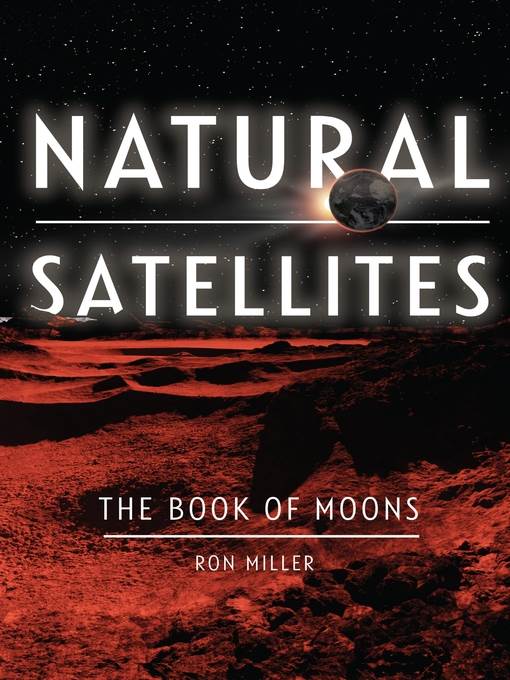
Natural Satellites
The Book of Moons
کتاب های مرتبط
- اطلاعات
- نقد و بررسی
- دیدگاه کاربران
نقد و بررسی

February 15, 2021
Just as our moon became more than a rock once humans landed on it, other moons have emerged as worlds of their own in data from probes like Voyager. Full-color illustrations, photographs, and helpful diagrams tell their stories and emphasize their importance. Europa, Enceladus, and Titan--moons of Jupiter and Saturn--might even host life. Readers need a solid understanding of how gravity works, especially beyond Earth. Though the book's purpose is (rightfully) not to teach orbital mechanics, it does an impressive job of offering plain-language explanations of scientific concepts, particularly Newton's laws and methods for finding exomoons. Comparisons to the size of the moon in the Earth's sky make it easy to picture what other moons must look like from other planets. Galileo and Newton receive top billing, and most other scientists mentioned are male and either European or American; one European and two American female scientists appear. Historical discussions of astronomy mention ancient Greeks and Romans but omit ancient Islamic or other non-Western astronomers, instead describing ancient Asian and Indigenous peoples in the context of sun and moon deities and folklore. References to past and future missions like Cassini-Huygens and the Enceladus Explorer connect facts to the scientific methods used to discover them and present exciting goals for future space exploration. An illuminating journey through the moons of our solar system, presenting goals for future space exploration. (glossary, source notes, selected bibliography, further information, index) (Nonfiction. 12-18)
COPYRIGHT(2021) Kirkus Reviews, ALL RIGHTS RESERVED.

March 1, 2021
Grades 8-12 We humans have been aware of our moon for millennia, but it hasn't been until recently that we've been able to observe up close not just it but the thousands of others in our solar system. While laying a scientific foundation through brief asides on the likes of Newton and Galileo, Miller utilizes research from as recently as 2020 as he takes readers through time and space, detailing "The Birth of the Solar System" (chapter one) and going on to describe how moons form, their different features, and most fundamental questions a budding astronomer might have. The focus is on a handful of the most famous examples--Europa, Titan, Enceladus, etc.--with nine chapters covering the different conditions on each one in surprising specificity. Miller often frames the information as what an explorer or tourist might find in these far-flung places, an effectively accessible point of view. The concise, crystal-clear writing is supplemented by photography, photorealistic illustrations, and diagrams, along with rich back matter, making this an excellent resource for teen selenophiles.
COPYRIGHT(2021) Booklist, ALL RIGHTS RESERVED.

























دیدگاه کاربران